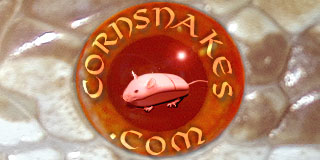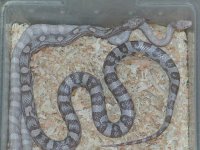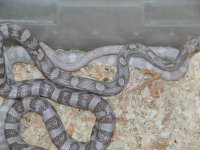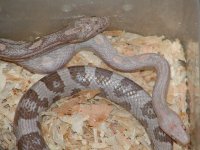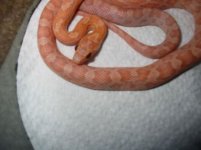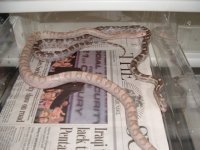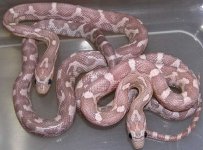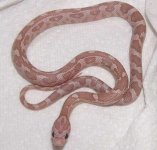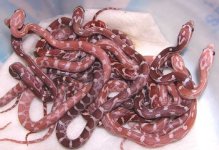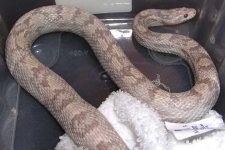I have a similar situation to Jason‘s. It is hard for me to believe that both of these snakes are Hypo Lavenders, but since I have not produced any, I have no experience to help with my opinion. They were sold as a pair of Hypo Lavs and unfortunately the female did not produce any offspring this year even though they bred several times.
The Male was bred to a very old Hypo that I have and some Crimsons and produced all hypo offspring so he is at least Homo for hypo. He may be homo for something else as well. (Second hypo gene, “Sunset” or other)
I have seen post by Rich Z and Mike P that “Cotton Candy” type Hypo Lav females have been produced, but I haven’t seen any photos of them. The 1.2 Ice Lavs (Lava Lavs) that I produced this year seem to support the sex linked thesis developing that males can have much more pink coloration than females from the same line. They are many questions that need to be answered.
Is there more than one source of the pink coloration in Corns? Is there a recessive or co-dominant mutant gene that causes pink coloration or is it just from normal genes. There are many other lines of Corns that suggest a sex linked pink coloration that many people have suggested such as Serpwidgets.
I have an extremely saturated red amel, that I call “Fire” that I bred to several females this year. Not only did I get more Amels with his intense red coloration, but the Snows that he produced are turning out as pink as any Coral that I have ever seen. Is one cause of the pink coloration in Corns a Red rather than Orange Color in Amels? What exactly does Anery A remove? Red or Orange or other?
 I think that is a typical example of the male/female difference to expect, and I've never seen or heard of a female that would contradict it... (so far.
I think that is a typical example of the male/female difference to expect, and I've never seen or heard of a female that would contradict it... (so far.  )
)
